
Code: 04516291
Measuring Plant Diversity
by Thomas J. Stohlgren
Most textbooks on measuring terrestrial vegetation have focused on the characteristics of biomass, cover, and the density or frequency of dominant life forms (trees, shrubs, grasses, and forbs), or on classifying, differentiating, ... more
- Language:
 English
English - Binding: Hardback
- Number of pages: 408
Publisher: OXFORD UNIV PR, 2006
- More about this

You might also like
-

Circa 1700
49.73 € -5 % -

How the Body Shapes the Way We Think
47.61 € -16 % -
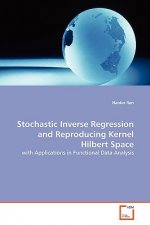
Stochastic Inverse Regression and Reproducing Kernel Hilbert Space
54.78 € -

Terrorist Financing and Resourcing
153.66 € -

How and Why People Change
128.63 €
Give this book as a present today
- Order book and choose Gift Order.
- We will send you book gift voucher at once. You can give it out to anyone.
- Book will be send to donee, nothing more to care about.
More about Measuring Plant Diversity
You get 337 loyalty points
 Book synopsis
Book synopsis
Most textbooks on measuring terrestrial vegetation have focused on the characteristics of biomass, cover, and the density or frequency of dominant life forms (trees, shrubs, grasses, and forbs), or on classifying, differentiating, or evaluating and monitoring dominant plant communities based on a few common species. Sampling designs for measuring species richness and diversity, patterns of plant diversity, species-environment relationships, and species distributions have received less attention. There are compelling, urgent reasons for plant ecologists to do a far better job measuring plant diversity in this new century. Rapidly invading plant species from other countries are affecting rangeland condition and wildlife habitat, placing more plant species on threatened and endangered species lists, and increasing wildfire fuel loads. Attention has shifted from the classification of plant communities to accurately mapping rare plant assemblages and species of management concern to afford them better protection. More ecologists, wildlife biologists, and local and regional planners recognize the value in understanding patterns, dynamics, and interactions of rare and common plant species and habitats to better manage grazing, fire, invasive plant species, forest practices, and restoration activities. Thus, revised and new sampling approaches, designs, and field techniques for measuring plant diversity are needed to assess critical emerging issues facing land managers. This book offers alternatives to the approaches, designs, and techniques of the past that were chiefly designed for dominant species and other purposes. The author focuses on field techniques that move beyond classifying, mapping, and measuring plant diversity for relatively homogeneous communities. This book complements methods for measuring the biomass and cover of dominant plant species. Most species are sparse, rare, and patchily distributed. It empowers the reader to take an experimental approach in the science of plant diversity to better understand the distributions of common and rare species, native and non-native species, and long-lived and short-lived species.
 Book details
Book details
Book category Books in English Mathematics & science Biology, life sciences Botany & plant sciences
134.49 €
- Full title: Measuring Plant Diversity
- Author: Thomas J. Stohlgren
- Language:
 English
English - Binding: Hardback
- Number of pages: 408
- EAN: 9780195172331
- ISBN: 0195172337
- ID: 04516291
- Publisher: OXFORD UNIV PR
- Weight: 700 g
- Dimensions: 243 × 154 × 24 mm
- Date of publishing: 01. September 2006
Trending among others
-
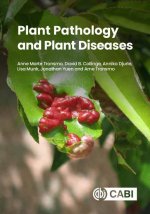
Plant Pathology and Plant Diseases
64.06 € -13 % -

Plants from Test Tubes : An Introduction to Micropropagation
26.12 € -35 % -

Maria Sibylla Merian
19.97 € -19 % -
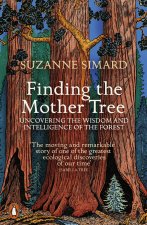
Finding the Mother Tree
12.80 € -23 % -
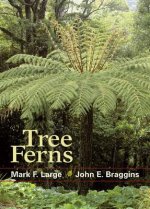
Tree Ferns
19.97 € -12 % -
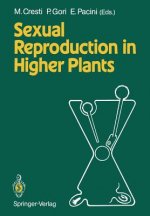
Sexual Reproduction in Higher Plants
240.53 € -

Teaming with Nutrients
21.08 € -27 % -

Plant Pathology
89.79 € -1 % -
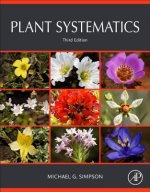
Plant Systematics
101.29 € -1 % -
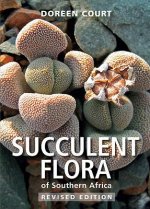
Succulent Flora of Southern Africa
23.20 € -16 % -
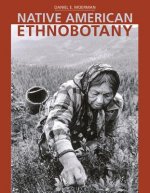
Native American Ethnobotany
61.54 € -22 % -

Physicochemical and Environmental Plant Physiology
105.83 € -6 % -
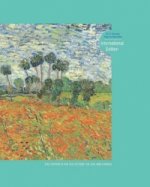
Raven Biology of Plants
98.87 € -
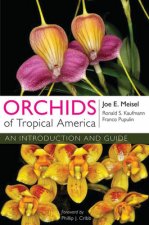
Orchids of Tropical America
23.20 € -24 % -

Rare and Exotic Orchids
50.74 € -9 % -

Applied Tree Biology
93.32 € -
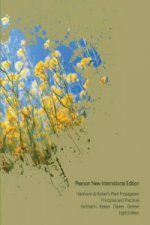
Hartmann & Kester's Plant Propagation: Principles and Practices
96.85 € -
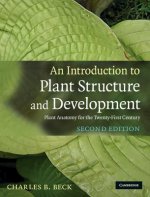
Introduction to Plant Structure and Development
91.30 € -
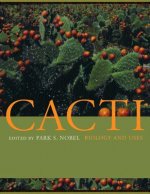
Cacti
90.80 € -
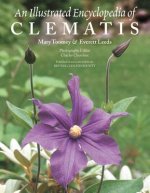
Illustrated Encyclopedia of Clematis
36.21 € -12 % -
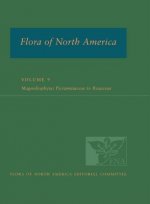
Flora of North America
110.88 € -

Conservation Methods for Terrestrial Orchids
77.58 € -

Arctic Plants of Svalbard
40.85 € -18 % -

Plants and Microclimate
70.62 € -

Bogs & Fens - A Guide to the Peatland Plants of the Northeastern United States and Adjacent Canada
20.88 € -19 % -
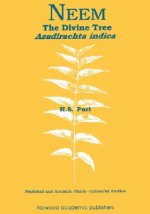
Neem
266.86 € -
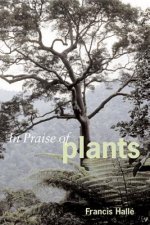
In Praise of Plants
22.49 € -12 % -
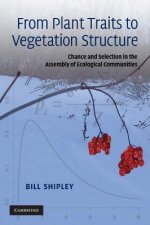
From Plant Traits to Vegetation Structure
77.58 € -

RSPB Nature Tracker's Handbook
15.23 € -28 % -
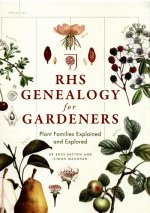
RHS Genealogy for Gardeners
20.27 € -28 % -

Comfortably Unaware
13.41 € -16 % -
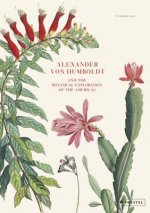
Alexander von Humboldt
77.18 € -

Darwin's Most Wonderful Plants
10.58 € -18 % -

Plant Hormones
314.28 € -3 % -

Metamorphosis of Plants
28.75 € -18 % -

Plant Behaviour and Intelligence
77.28 € -1 % -

Plant Ecology
90.60 € -4 % -

Brilliant Green
14.62 € -38 % -
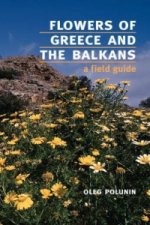
Flowers of Greece and the Balkans
104.62 € -
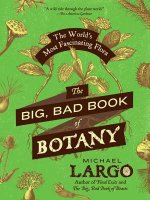
Big, Bad Book of Botany
13.31 € -28 % -

Animal, Vegetable, Miracle
12.90 € -25 % -
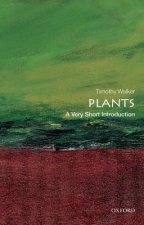
Plants: A Very Short Introduction
9.27 € -28 % -

Flora of Madeira
140.14 € -
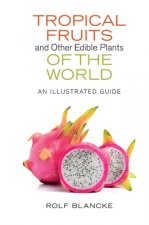
Tropical Fruits and Other Edible Plants of the World
49.13 € -

Plant Biology
96.04 € -
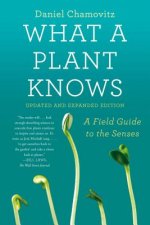
What a Plant Knows
17.75 € -6 % -

Atlas of Poetic Botany
22.59 € -12 % -
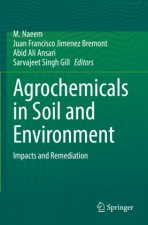
Agrochemicals in Soil and Environment
218.84 € -
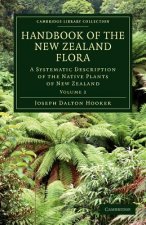
Handbook of the New Zealand Flora
66.38 €
Collection points Bratislava a 2642 dalších
Copyright ©2008-24 najlacnejsie-knihy.sk All rights reservedPrivacyCookies



 15549 collection points
15549 collection points Delivery 2.99 €
Delivery 2.99 € 02/210 210 99 (8-15.30h)
02/210 210 99 (8-15.30h)